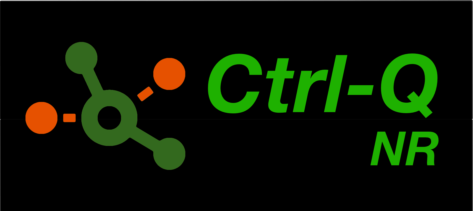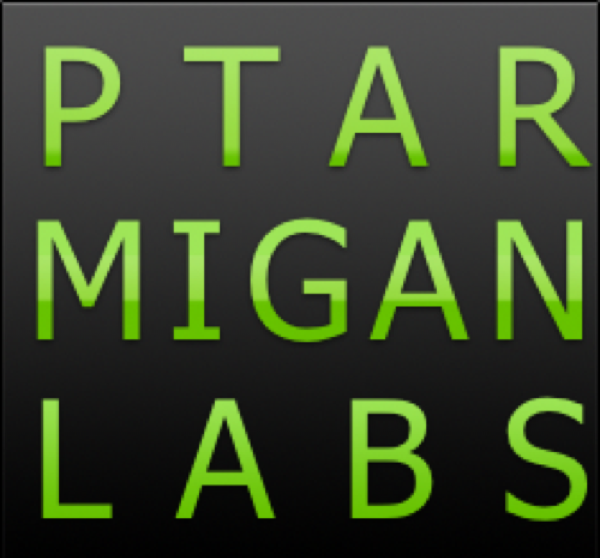The Butler family
The Butler tools started out with a very specific need to start Qlik Sense reloads from outside systems.
A small microservice was created to solve this, exposing a single API to the world, offering a single endpoint that could start Sense reload tasks.
Over the years a few projects (for example Butler SOS, which simplifies day 2 operations ([1], [2]) have spun off from the original Butler project, and still other projects have been created from scratch to solve specific challenges around developing Sense apps and running Qlik Sense server environments.
All members of the Butler family are open source and available on Ptarmigan Labs' GitHub page.
Projects with production grade release status are:
The Qlik Sense multi-tool
The original Butler.
Butler brings superpowers to client-managed Qlik Sense.
It include various utilities and APIs that make life easier for Sense admins and developers.
Features include
- Alerts when reload tasks fail or are aborted. Alert destinations include email, MS Teams, Slack, webhooks, MQTT, New Relic and Signl4.
- Monitor Windows services, alerting to the same destinations as reload failed alerts
- Keep script logs of all failed reloads.
- Scheduler for reload tasks.
- A key-value store that enables parameter passing between reload tasks.
- Secure file system operations from Sense loads scripts.
- ... and more

A Sense admin's best friend
Given the name this tool doesn't sound like a member of the Butler family.
Let's say Ctrl-Q is a command-line sibling of the Butler bunch.
While the Butler tools are (usually) intended to solve and simplify rather specific use cases, Ctrl-Q is aimed at being the lazy Qlik developer/admin's best friend.
Let's say there is some manual, tedious, time consuming and error prone activity that a Qlik Sense developer or admin is faced with.
For example importing dozens of apps from QVF files and creating a hundred associated reload tasks.
Ctrl-Q lets you do this with a single command using definitions in an Excel file.
Instead of spending a day on this the actual execution takes a minute or so.
In other words: Ctrl-Q focus on high-value use cases that are difficult or impossible to solve using other tools.

SenseOps = DevOps for Qlik Sense
Real-time operational metrics for client-managed Qlik Sense.
A must-have for anyone who is responsible for a Sense environment with more than a dozen or so users.
Butler SOS makes it possible to detect and alert on issues as they happen, rather than in retrospect much later.
Several storage and visualisation options available, including InfluxDB + Grafana and New Relic.

Low-code tool for Qlik Sense
Ctrl-Q NR is a low-code tool for both client-managed and cloud Qlik Sense.
The underlying idea of automating otherwise tedious tasks is similar to that of Ctrl-Q, but in a low-code setting.
It consists of a set of Node-RED nodes that make it trivial to build powerful automation flows for Qlik Sense.
Similaar to Qlik's own automation tool in Qlik Sense Cloud, but open source and with 4600+ Node-RED modules to choose from.
Batch creation of sheet icons
Automatic sheet icons for client-managed and Qlik Sense Cloud.
Automates the creation of sheet icons for both Qlik Sense Cloud and client-managed Qlik Sense Enterprise on Windows (QSEoW) applications.
It's a cross platform command line tool which given the correct Sense credentials will take screen shots of all (or some) sheets in a Sense app (or all apps on a Sense server!), then create thumbnail versions of those screenshots.
Those thumbnail images will then be automatically set as sheet icons in the apps they came from.
No more manual screenshot taking, resizing images, navigating hundreds of sheets in dozens of apps.
Start Butler Sheet Icons instead and go get a nice fika.
The tool can be used stand-along or as part of an automated release process.

Cache warming for Qlik Sense
Cache warming is the process of proactively forcing Sense apps to be loaded into memory, so they are readily available when users open them.
Using Butler CW is an easy way to make your end users' experience of Sense a little better.
Works with client-managed Qlik Sense

Create Sense apps from templates
A tool that has been around for some time, but is still useful for client-managed Sense environments with many developers.
Using app templates is a good idea:
- Lowered barrier of entry for new Sense developers.
- Productivity boost when developing Sense apps.
- Encouraging a common coding standard across all apps.
Works with client-managed Qlik Sense
Don't accept poor icons
Visual looks is important when it comes to analytics and this holds true also for Qlik Sense apps.
Butler Icon Uploader makes it easy to upload icon libraries (for example Font Awesome) to client-managed Qlik Sense Enterprise.
With such icons available it is then easy for app developers to use professional quality sheet and app icons in their Sense apps.
Sense lineage extraction
This tool is mainly of interest if you have lots of QVDs and apps, but when that's the case it's of paramount importance to understand what apps use which QVDs. In other words what data lineage looks like.
Butler Spyglass also extracts full load scripts for all Sense apps, creating a historical record of all load scripts for all Sense apps.
